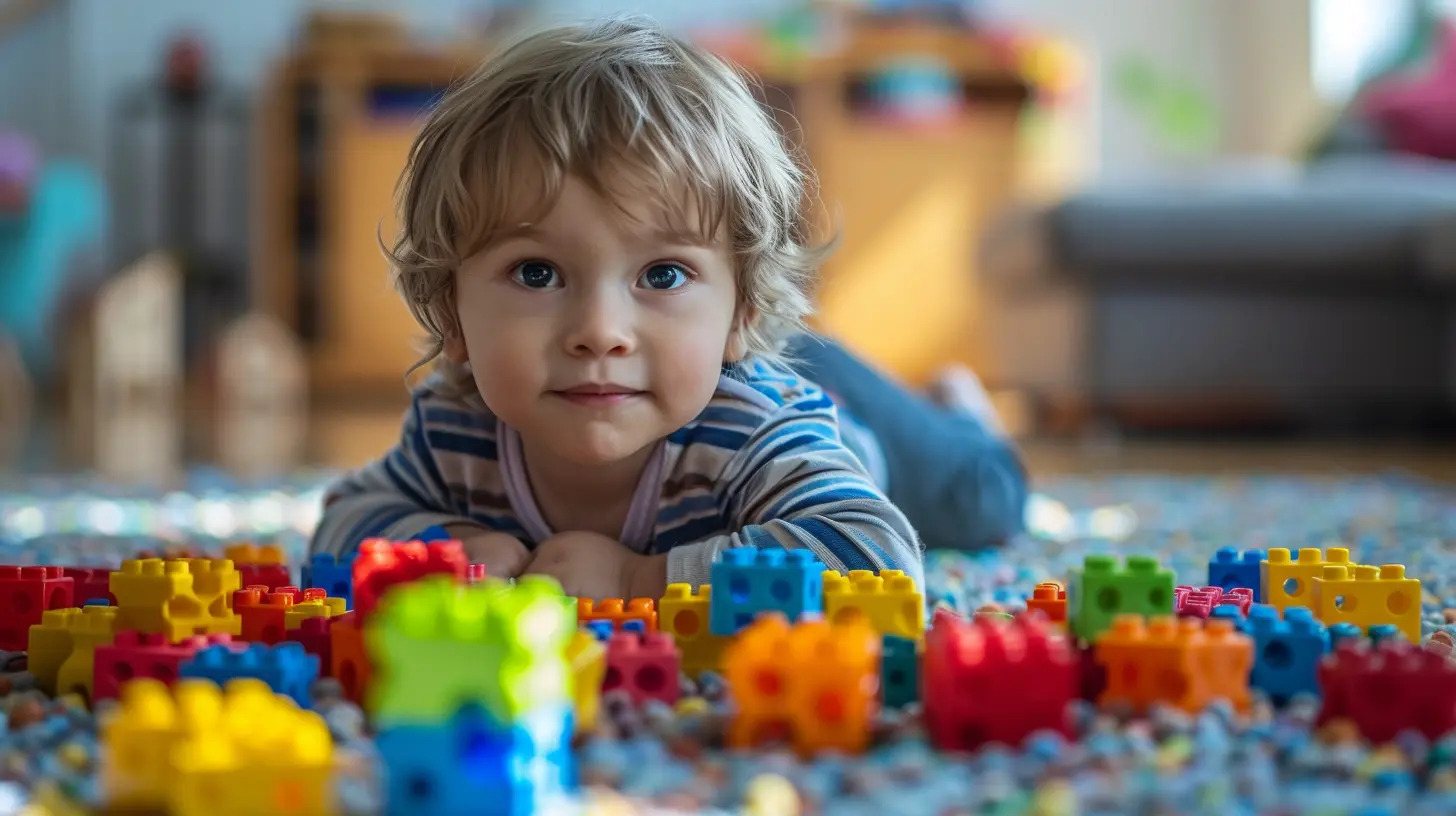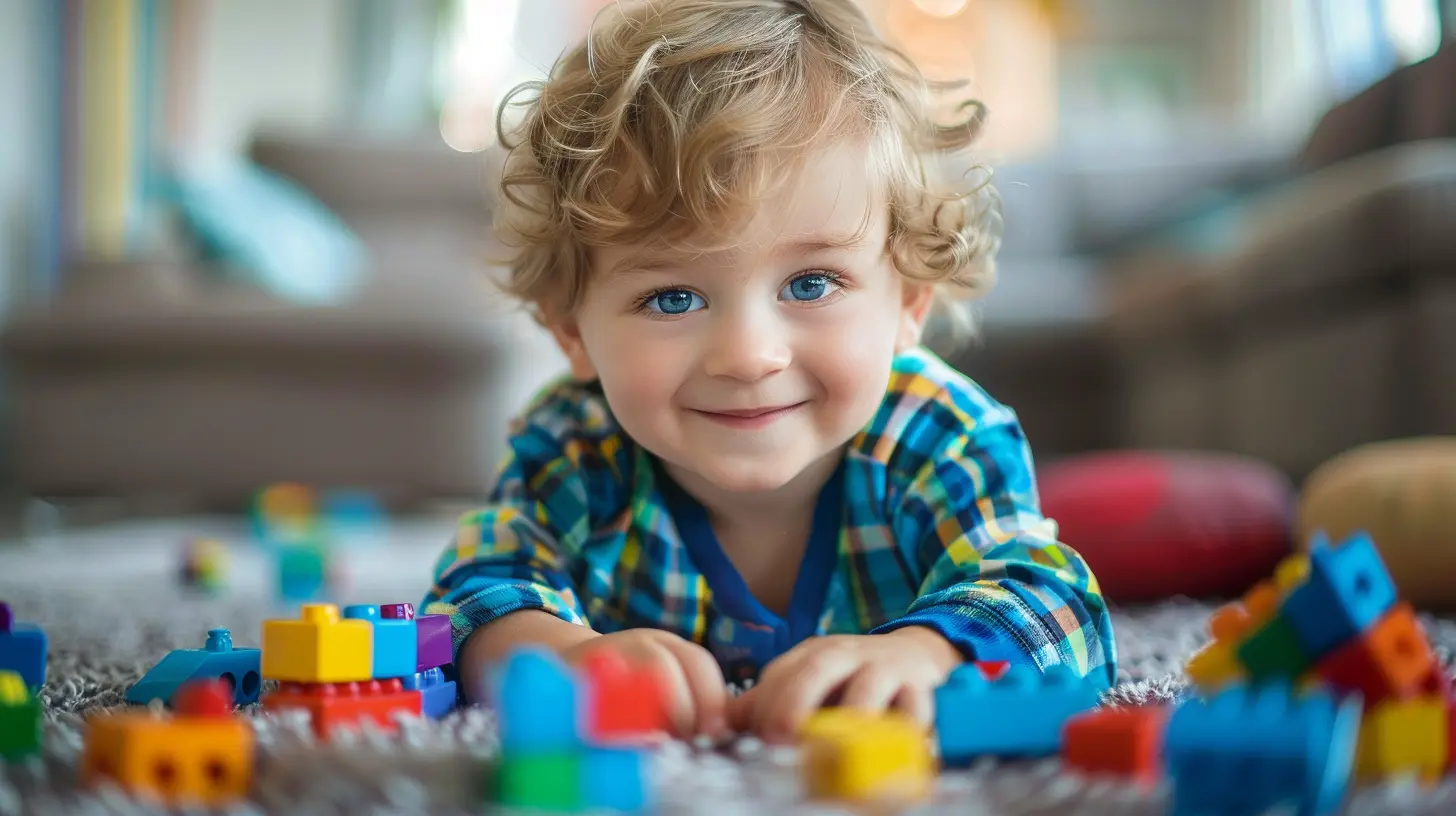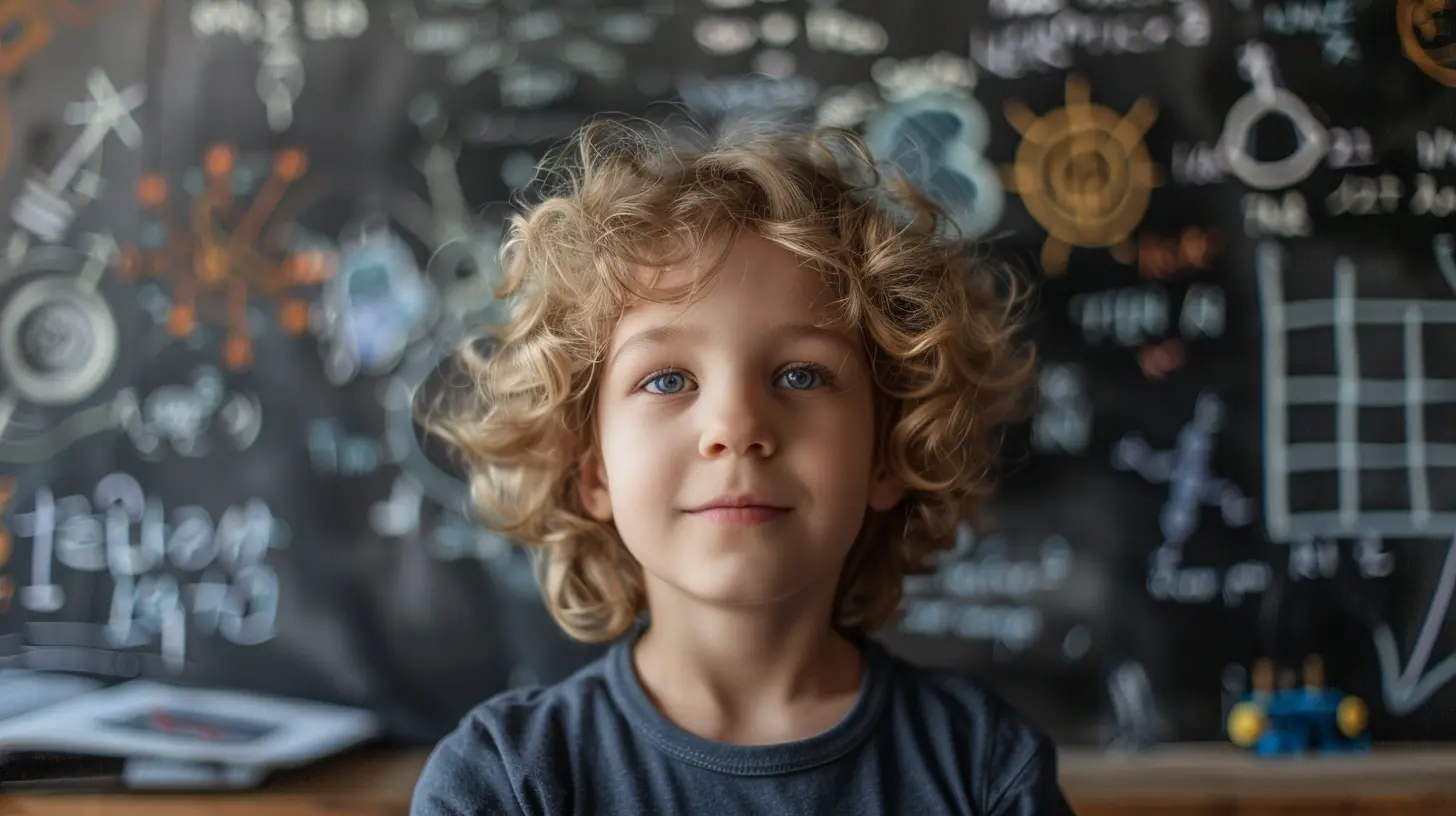Cognitive Development Theories: What Every Parent Should Know
26 October 2025
Cognitive development is a fascinating process. It’s one of those things that sneaks up on you. One day, your child is babbling, exploring the world with wide-eyed wonder, and before you know it, they’re asking the most profound questions. “Why is the sky blue?” “Can fish dream?” (I’m still not sure about that one, by the way.) But as parents, understanding how our children think, learn, and understand the world can feel like a superpower. Enter cognitive development theories.
In this article, we’re going to dive into the most influential cognitive development theories, break them down into bite-sized pieces, and uncover what every parent should know to support their child’s growing mind. Ready? Let’s jump in!

What Is Cognitive Development?
Before we start talking theories, let’s back up for a second. What exactly is cognitive development?In simple terms, cognitive development refers to how a child learns to think, reason, solve problems, and understand the world around them. It’s the growing ability to process information, remember things, and make decisions. And, just like learning to walk or talk, cognitive development happens in stages.
But here’s the kicker: Unlike physical growth, which is pretty straightforward, cognitive development is a bit more complex. Children don’t just learn to think better as they get older. They think differently.

Why Should Parents Care About Cognitive Development?
Let’s be real – parenting can feel overwhelming. Between diaper changes, school drop-offs, and trying to remember where you left your keys (again), why should you add “cognitive theories” to your list of things to worry about?Well, here’s the thing: Understanding how your child’s brain works can help you communicate better, manage behavior, and support their learning. In short, it can make parenting a little easier (and who doesn’t want that?).
Plus, these theories aren’t just for psychologists. They offer practical insights that can shape how we teach, discipline, and nurture our kids. So, let’s explore a few of the big ones.

1. Piaget’s Stages of Cognitive Development
The Basics
Jean Piaget is probably the most famous name in cognitive development. His theory is all about how children construct a mental model of the world. According to Piaget, kids don’t just absorb information passively. Instead, they actively try to make sense of their surroundings by interacting with it.Piaget proposed that children move through four distinct stages of cognitive development:
The Four Stages
1. Sensorimotor Stage (Birth to 2 years):In this stage, babies learn about the world through their senses and actions. They’re little scientists, testing everything by grabbing, mouthing, and observing. A major milestone here is the development of object permanence - the understanding that things still exist even when they’re not in sight. (Ever wonder why peekaboo is so much fun for babies? Now you know!)
2. Preoperational Stage (2 to 7 years):
During this stage, children start to use language and symbols to represent objects. However, their thinking is still pretty concrete. They see the world from their point of view and struggle with understanding that others might see things differently. For example, if they’re holding a toy, they assume you see it too—even if it’s behind their back.
3. Concrete Operational Stage (7 to 11 years):
Now, kids start thinking more logically about concrete events. They grasp the concept of conservation (i.e., the amount of liquid in a cup doesn’t change just because the cup’s shape changes). They’re also better at understanding other perspectives and thinking through cause and effect.
4. Formal Operational Stage (12 and up):
In this final stage, children develop abstract thinking. They can ponder hypothetical questions, think about the future, and engage in complex problem-solving. Essentially, they’re starting to think like adults.
Why It Matters for Parents
Understanding Piaget’s stages can help parents tailor their approach to their child's current cognitive abilities. For example, expecting a toddler to understand why sharing is important might be a bit of a stretch. But knowing that they’re still in the preoperational stage can help you adjust your expectations and be more patient.
2. Vygotsky’s Sociocultural Theory
The Basics
Lev Vygotsky took a different approach from Piaget. While Piaget focused on individual development, Vygotsky emphasized the importance of social interactions in learning. According to Vygotsky, children learn best when they interact with others—especially when they’re guided by a more knowledgeable person (like a parent or teacher).A key concept in Vygotsky’s theory is the Zone of Proximal Development (ZPD). This is the sweet spot between what a child can do independently and what they can do with some help. Think of it like riding a bike: at first, your child might need training wheels or your steady hand, but with practice, they’ll soon be riding solo.
Why It Matters for Parents
Vygotsky’s theory highlights the importance of active involvement in your child’s learning. It’s not just about giving them a task and walking away. Instead, by offering guidance and support (without doing the work for them), you can help your child reach new levels of understanding.For example, if your child is learning to read, sitting down with them, sounding out words together, and offering encouragement can help them progress faster than if they were left to figure it out alone.
3. Erikson’s Psychosocial Development
The Basics
Erik Erikson’s theory is widely known, although it focuses on both cognitive and emotional development. He believed that cognitive growth doesn’t happen in isolation but is deeply connected to a child’s emotional and social experiences.Erikson proposed eight stages of development, each representing a psychological conflict that needs resolving. For example, during early childhood, children grapple with autonomy versus shame and doubt. This is where they start asserting their independence (“I can do it myself!”), and how parents react can impact their sense of self-confidence.
Why It Matters for Parents
Understanding Erikson’s stages can help parents provide the right kind of emotional support at different ages. For example, if your child is in the stage of initiative versus guilt (roughly ages 3-6), it’s important to encourage their creativity and initiative without making them feel guilty for taking risks or making mistakes.
4. Information Processing Theory
The Basics
Unlike Piaget and Vygotsky, the Information Processing Theory doesn’t focus on stages. Instead, it compares the human mind to a computer, emphasizing how children take in, process, store, and retrieve information.In this theory, cognitive development is seen as a gradual improvement in how well children can process information. Think of it like upgrading your phone’s operating system. Over time, your child becomes better at paying attention, processing details, and solving problems.
Why It Matters for Parents
This theory reminds us that children’s attention spans and memory capabilities improve with time and practice. So, if your 5-year-old can’t sit still during storytime, it doesn’t mean they’re not learning. It just means their “mental hard drive” is still developing.Parents can help by breaking tasks into smaller steps, offering frequent breaks, and being patient as their child’s brain continues to mature.
5. Gardner’s Theory of Multiple Intelligences
The Basics
Howard Gardner’s Theory of Multiple Intelligences challenges the idea that intelligence is a one-size-fits-all concept. Instead, Gardner suggests that there are different kinds of intelligence, each representing unique ways of processing information. These include:- Linguistic Intelligence: Word smart
- Logical-Mathematical Intelligence: Number smart
- Spatial Intelligence: Picture smart
- Musical Intelligence: Sound smart
- Bodily-Kinesthetic Intelligence: Body smart
- Interpersonal Intelligence: People smart
- Intrapersonal Intelligence: Self smart
- Naturalistic Intelligence: Nature smart
Why It Matters for Parents
Gardner’s theory encourages parents to recognize that each child has their own strengths and talents. Some kids might excel at math, while others have a knack for drawing or playing an instrument. Being aware of these different intelligences can help you nurture your child’s unique abilities and provide support in areas where they might struggle.Instead of focusing solely on academic success, Gardner’s theory reminds us to celebrate all forms of intelligence.
How Can Parents Support Cognitive Development?
Now that we’ve gone through these theories, you might be wondering, “So, what do I do with all this information?” Don’t worry, I’ve got you covered. Here are a few practical ways you can support your child’s cognitive development:1. Play with them: Play is a child’s way of learning. Whether it’s building blocks, solving puzzles, or playing pretend, these activities help develop problem-solving skills, creativity, and social understanding.
2. Read together: Reading isn’t just about improving literacy. It also helps children develop attention, memory, and imagination.
3. Ask open-ended questions: Instead of asking yes/no questions, encourage your child to think critically by asking questions like, “What do you think will happen next?” or “Why do you think that is?”
4. Encourage curiosity: Give your child the freedom to explore, ask questions, and make mistakes. The more they engage with the world, the more they learn.
5. Be patient: Cognitive development takes time—and every child is different. Celebrate their progress and offer support when they face challenges.
Final Thoughts
Understanding cognitive development theories can feel like having a roadmap for your child’s brain. While every child develops at their own pace, these theories remind us that growth happens in stages, and our role as parents is to offer guidance, support, and a whole lot of love along the way.So, whether your child is in the middle of Piaget’s concrete operational stage or exploring their bodily-kinesthetic intelligence, remember: You’re helping to shape a future thinker, problem-solver, and world-changer. And that’s pretty amazing.
all images in this post were generated using AI tools
Category:
Cognitive DevelopmentAuthor:

Jenna Richardson
Discussion
rate this article
1 comments
Indie McMichael
Great read! Understanding cognitive development theories can truly empower parents. Embrace the journey—every little moment counts in shaping your child's mind. Keep exploring, learning, and having fun together! 🌟
October 26, 2025 at 3:26 AM

Jenna Richardson
Thank you for your kind words! I'm glad you found the article helpful. Embracing the journey of cognitive development is indeed crucial for nurturing our children's growth. 🌟


